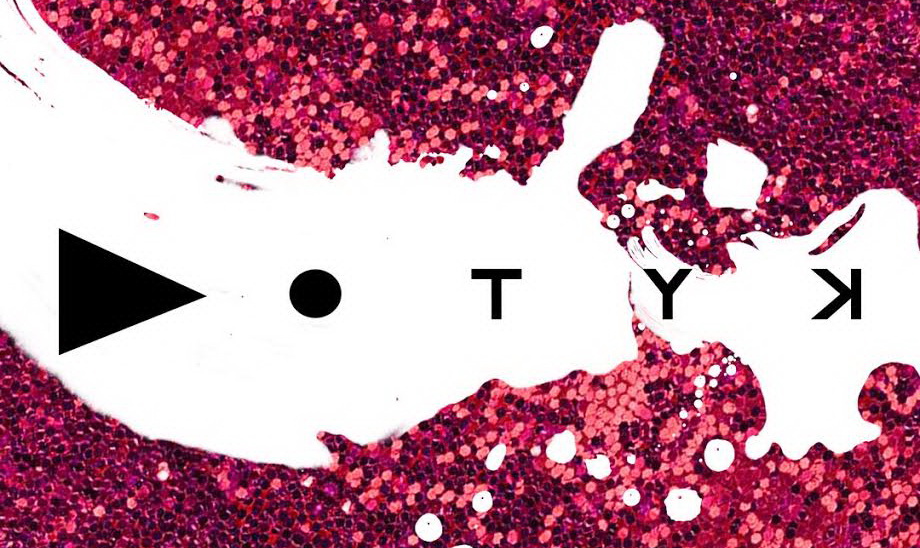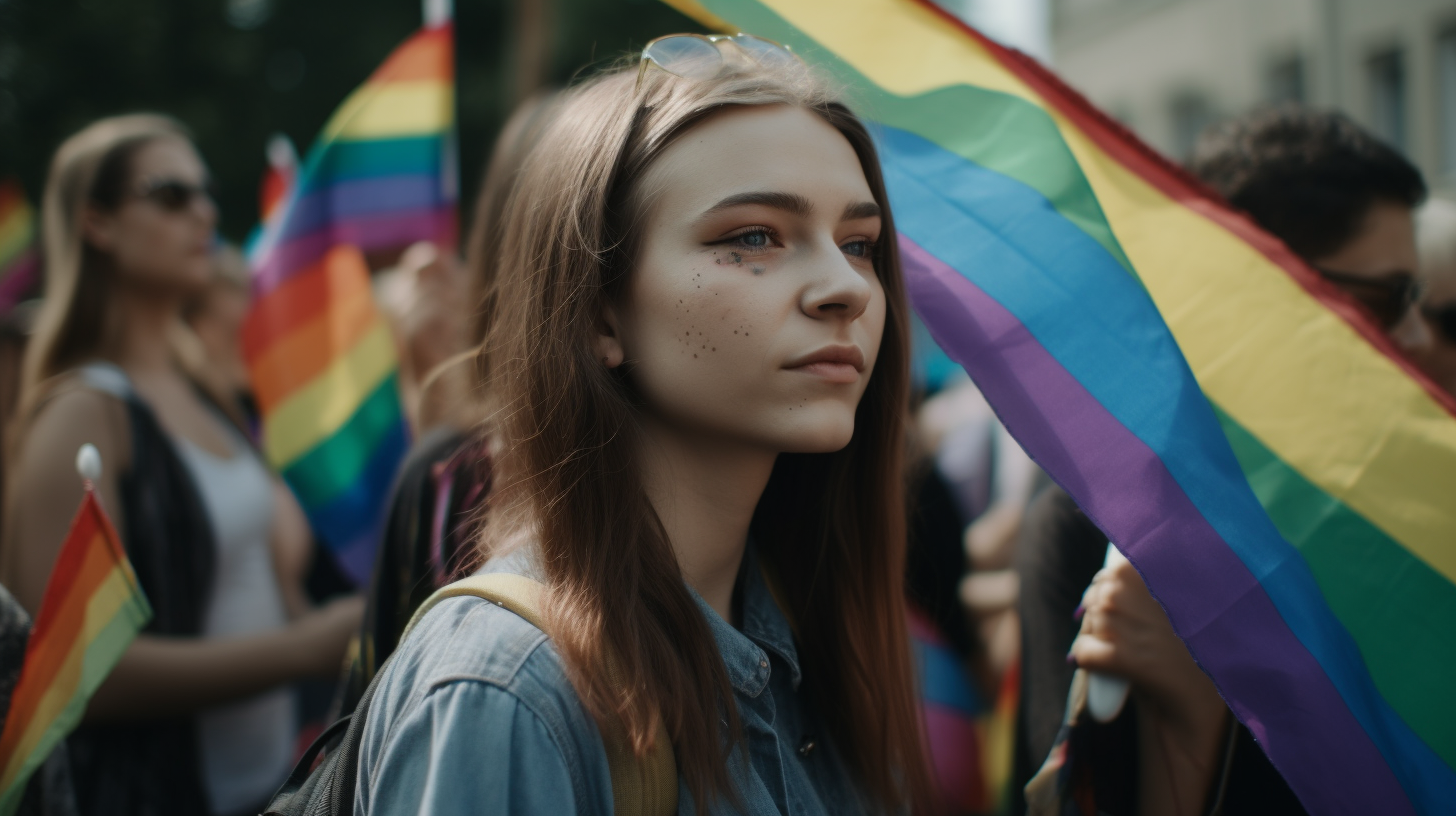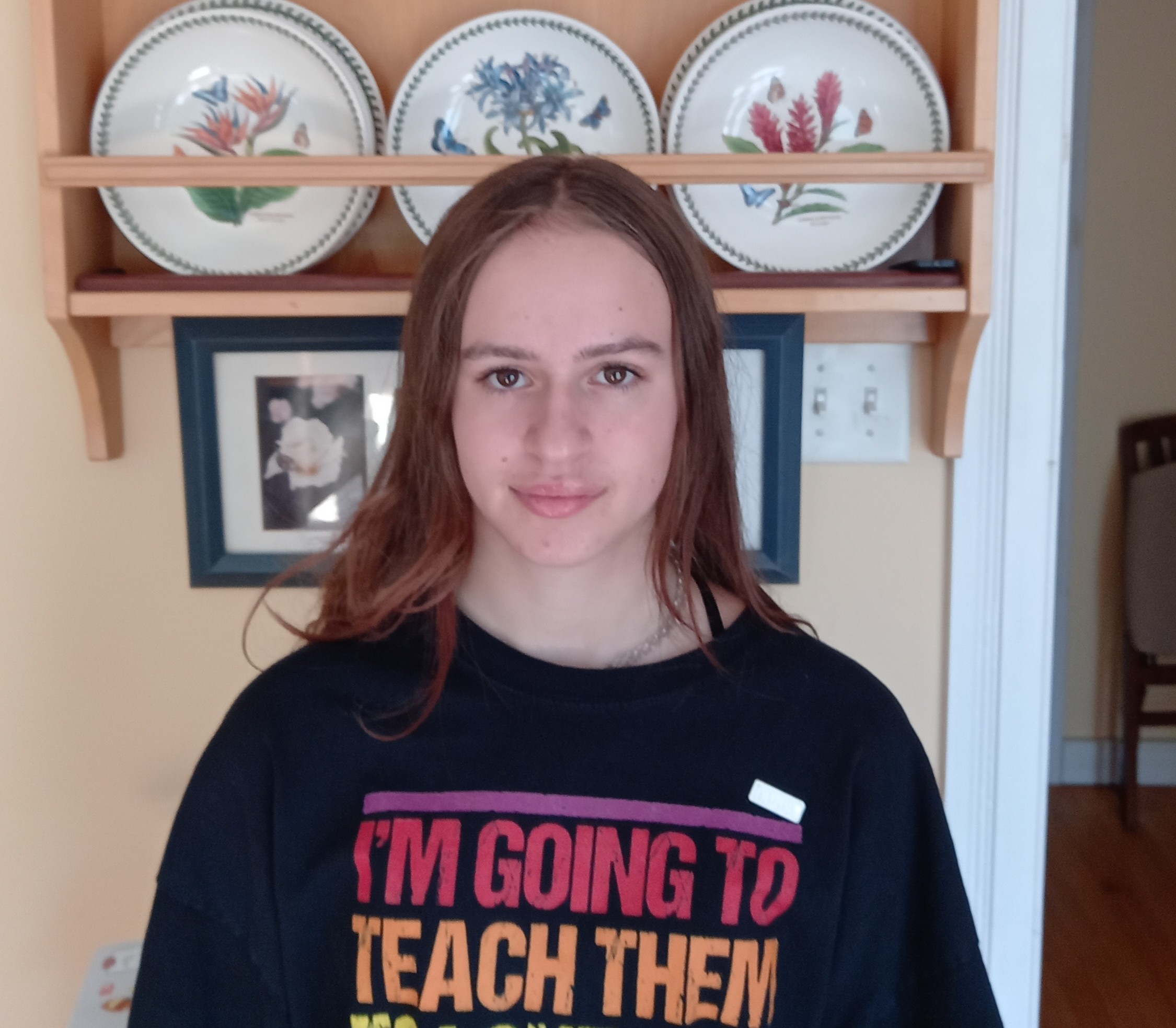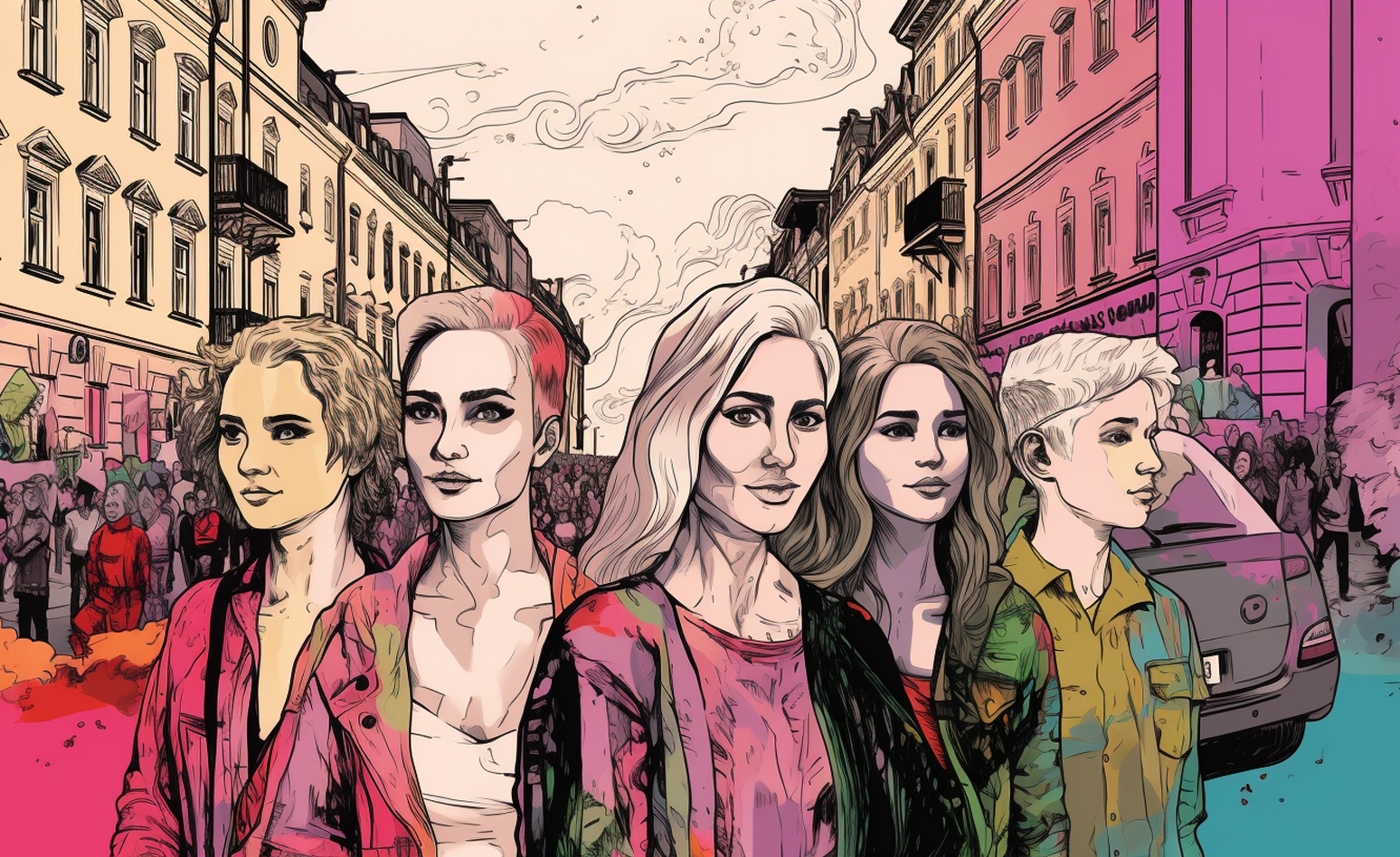
Art and activism join forces in “glittery” Minsk
I’ll admit it, I didn’t know what to expect when I set off for a queer festival in Minsk.
By Izabelė Švaraitė
As it turned out, the city left me with an entirely different impression. I was glad to find that the creative LGBT+ youth of Belarus are able to poke fun at the city’s openly displayed Soviet past. Canteen XYZ, located in a former factory’s cafeteria, you really wouldn’t guess, if nobody told you, that this was the location of international queer festival DOTYK, where people adorned in sequins ordered drinks under the watchful gaze of an ironic portrait of Brezhnev.
Colorful program
The DOTYK volunteers I met regretted to inform me that Russian pop is still thriving among certain kinds of youth, but that the festivals taking place that weekend would be a quality alternative. The first piece of evidence was Canteen XYZ’s gallery challenging body, sexuality and identity norms. DOTYK’s program contains plenty of human rights discussions, film screenings and creative workshops simply celebrating queer culture – and it’s a very colorful and diverse culture. It also manages to fit in contemporary art, drag shows and political activism.
On the first evening of the festival, visitors were invited to self-defense courses for women, and creative Vogue dance workshops. At the end of February, short and long underground films from Sweden, Russia and Iran were shown in Minsk. Various intersectional activities, for example, “Migrants and refugees: An LGBT perspective”, took place in order to discuss problem areas specific to activism in the region.
A Lithuanian accent even graced DOTYK when Tomas Vytautas Raskevicius and Virginija Prasmickaitė, representing LGBT+ rights organization LGL, shared their experience organizing the Baltic Pride marches. Comparing the experience with Belarus and Ukraine, the activists were able to assess how much they had really achieved. Subsequently, attendees discussed whether pride events are appropriate in societies with a high degree of homophobia, where participants are chased away by police, safety is not guaranteed, and violent outbursts are likely to occur. While I sincerely sympathize with the Belarusian and Ukrainian LGBT+ communities, I can’t help but celebrate our progress. Lithuania’s march in June [2016] was a true celebration, and I hope that the photo of plastic-wrapped Petras Gražulis will remain simply funny memorabilia from 2013.
Minsk’s queer panorama
Possibly the highlight of the weekend was a tour of the Belarusian capital – of course, not just of its tourist attractions, but important locations in LGBT+ history. Representatives of DOTYK and MAKEOUT, two Minsk-based organizations, told us about how people met in the open, made friends and partied before the internet and smartphones.
The walk started in the center of Minsk, with a statue of a boy playing with a swan. This over-100-year-old fountain makes a great spot for travel selfies. It’s the heart of the city, our tour guides laughed. Unfortunately, few who stop to take photos think of the variety of Minsk youth subcultures that have gathered here over the years. In the 90s, the LGBT+ community made up the largest portion of park visitors. Ironically, nearby stand the tank monument, Palace of Republic, and Central House of Officers. The guides pointed out several smaller squares and sites where LGBT+ youth used to meet to play guitar, drink and share their experiences and coming out stories.
Same-gender couples wanting privacy and a more intimate environment searched for “warmer places”. We had the same idea, so we headed to Minsk metro station. Not only in the west, but in the former USSR as well, public toilets were particularly important to the LGBT+ community as a place to hide from the public. On the walls (especially between ceramic tiles,) gay men left messages for one another. Some, looking for sexual partners, would leave a time, address and telephone number. Others voyeuristically watched their fellow citizens’ business and pleasure from a neighboring cubicle. Codes such as specialized door-locking methods existed. The organizers reminded us that such modes of communication, though perhaps not so involved, persist today.
We concluded our tour at a factory whose cafeteria for many years hosted a variety of clubs, joking about how workers came to eat during the day, while at night, LGBT+ crowds poured onto the dancefloor. Unfortunately, some such bars were quickly shut down, visitors did not always feel safe, and owners were harassed. For instance, in 2001, Ivan Susinsky, one of the owners of the club Oskar, was murdered in his apartment.
What is DOTYK?
DOTYK (translated from Belarusian, a touch; to touch) is a cultural institution seeking to engage the LGBT+ community with events such as support groups for parents of LGBT+ children, film screenings, and exhibitions. The festival is one of the main tools for creating an interactive dialogue. Organizer Ana Lok states that these events taking place in late February and early March symbolize renewal. Winter ends, spring begins – the perfect time to free one’s consciousness.
The festival’s name does not contain the worldwide acronym LGBT. According to Ana, this decision was deliberate. DOTYK speaks not only about sexuality and sexual expression, but seeks to combine art, feminism, immigration and other social issues. “I’m inviting artists and human rights activists to create something new. What I have in mind is a new form of communication,” she says. At the same time, this is strategic – in Belarus, organizing public political events and social initiatives is considerably difficult and sometimes entirely impossible.
The event’s use of the term “queer” is more related to critical thinking. “Sometimes LGBT+ people themselves are homophobic, sexist or chauvinistic. Being gay does not automatically mean being open-minded,” Ana says. It’s precisely for this reason that it’s important for DOTYK to unite people from various creative and activist spheres.
This article is produced and published with the support of the Nordic Council of Ministers, under the project “Sharing Expertise and Fostering LGBT Human Rights in Belarus”.





